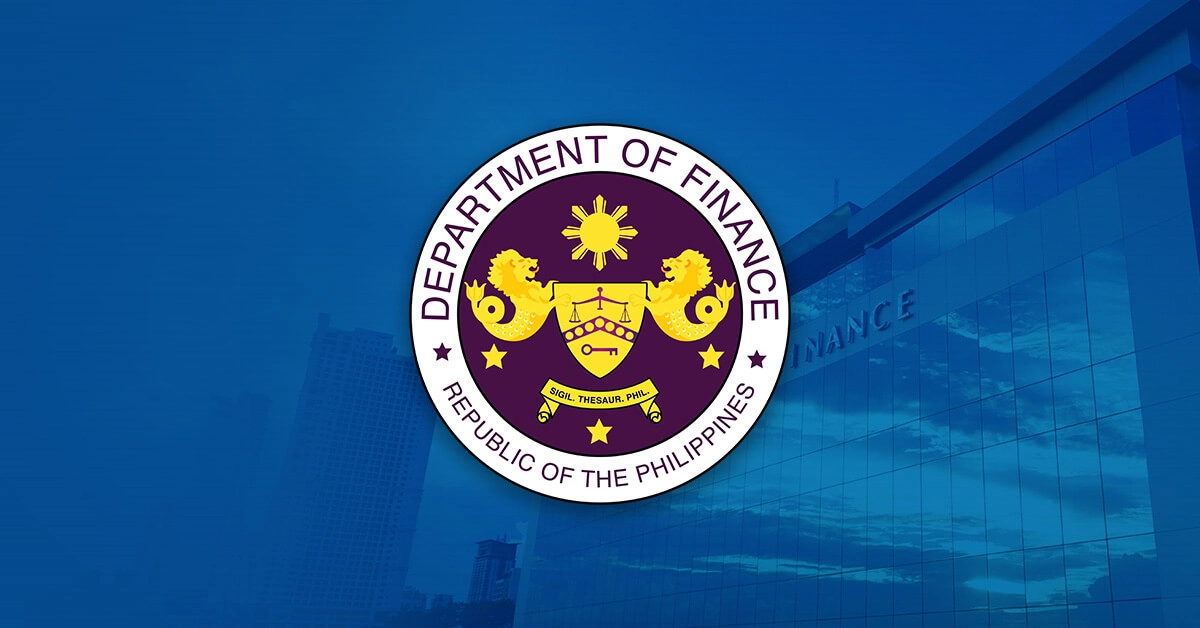Finance Secretary Ralph G. Recto has welcomed the all-time high 52.4 million Filipinos participating in the labor force as of June 2025, calling it a sign of abundant labor supply and rising job quality as underemployment declines.
“The numbers are encouraging, but they also remind us that our work is far from over. We need to ensure that more Filipinos have jobs that pay better and offer more security. Hindi lang basta trabaho ang kailangan ng taumbayan. Patuloy nating pagbubutihin ang mga reporma at polisya para ang bawat Pilipino ay may dignidad at proteksyon sa kaniyang hanapbuhay,” the Finance Chief said.
The labor force participation rate (LFPR) reached 65.7%, which signals that more working-age Filipinos are actively seeking or engaged in productive work.
As a result, the unemployment rate further dropped to 3.7% for the month, translating to 1.9 million unemployed individuals, down from the 2.0 million in the previous month.
The underemployment rate also improved to 11.4% or 5.8 million underemployed individuals in June 2025, a decrease from 6.6 million recorded last month. This indicates continued improvements in job quality.
By broad industry group, the services sector continued to account for the largest share of employment at 61.4%, followed by agriculture at 20.9% and industry at 17.7%.
By subsector, the year-on-year increase in employment was driven by fishing and aquaculture (512,000); wholesale and retail trade, and repair of motor vehicles and motorcycles (375,000); financial and insurance activities (327,000); transportation and storage (211,000); and human health and social work activities (179,000).
Wage and salary workers continued to make up the largest segment of employed persons at 63.0% in June 2025. Of this group, the majority, or 78.6% were employed in private establishments, while those working in government comprised 13.5%.
Gov’t interventions to increase employment opportunities for Filipinos
In his recent State of the Nation Address (SONA), President Ferdinand R. Marcos, Jr. reiterated his call for deeper investments in digitalization and human capital to future-proof the workforce.
To address unemployment, the President has directed the Department of Labor and Employment (DOLE), Department of Social Welfare and Development (DSWD), and other key agencies to converge efforts across education, employment, and entrepreneurship programs.
The Academic Recovery and Accessible Learning (ARAL) Program was launched to address learning losses and improve foundational skills. This is complemented by the rollout of digital tools in schools, the revised senior high school curriculum, expanded tech-voc pathways, and teaching workforce support.
The Department of Education (DepEd) also opened 20,000 new teaching positions to ease teaching workloads and improve education service delivery in public schools.
To support a future-ready and competitive workforce, the government strengthened training and employment programs targeting youth and critical sectors through the Special Program for the Employment of Students, the Government Internship Program, the JobStart Philippines Program, as well as strengthened coordination with LGU-based Public Employment Service Offices (PESOs) and school-based Job Placement Offices.
Preparations are also underway for WorldSkills ASEAN Manila 2025, with TESDA leading national training camps to align local skills with global standards.
In the mining sector, the planetGOLD Project formalized thousands of small-scale gold mining operations, improving access to legal permits, financing, and safer working conditions.
The government is also working to strengthen the country’s position as a global leader in the semiconductor industry through the Philippine Semiconductor and Electronics Industry Roadmap. This is currently being developed to outline key investment priorities, innovation goals, and talent development strategies.




